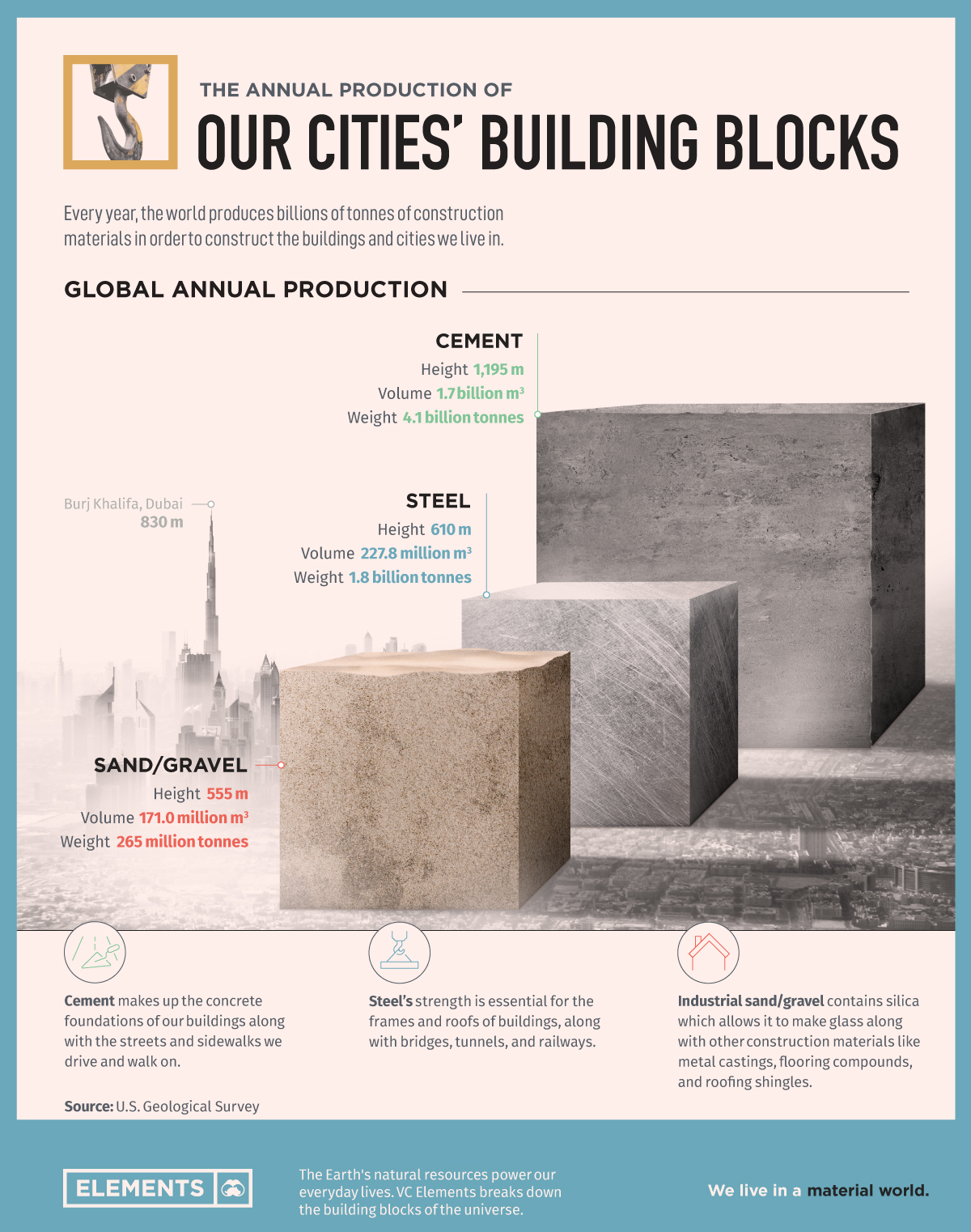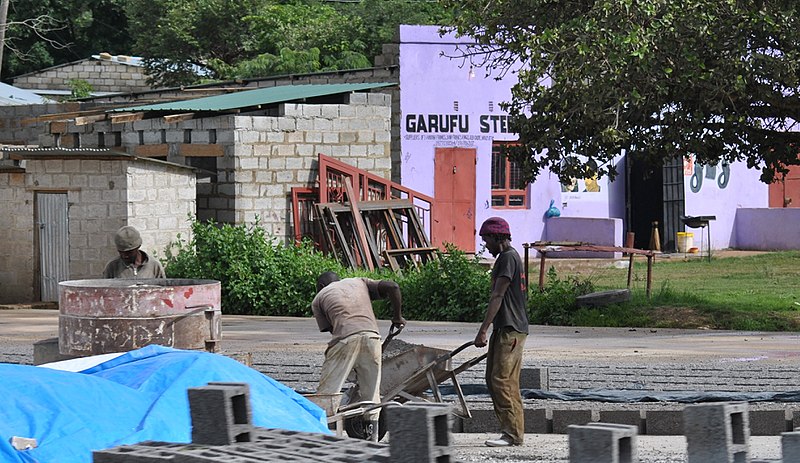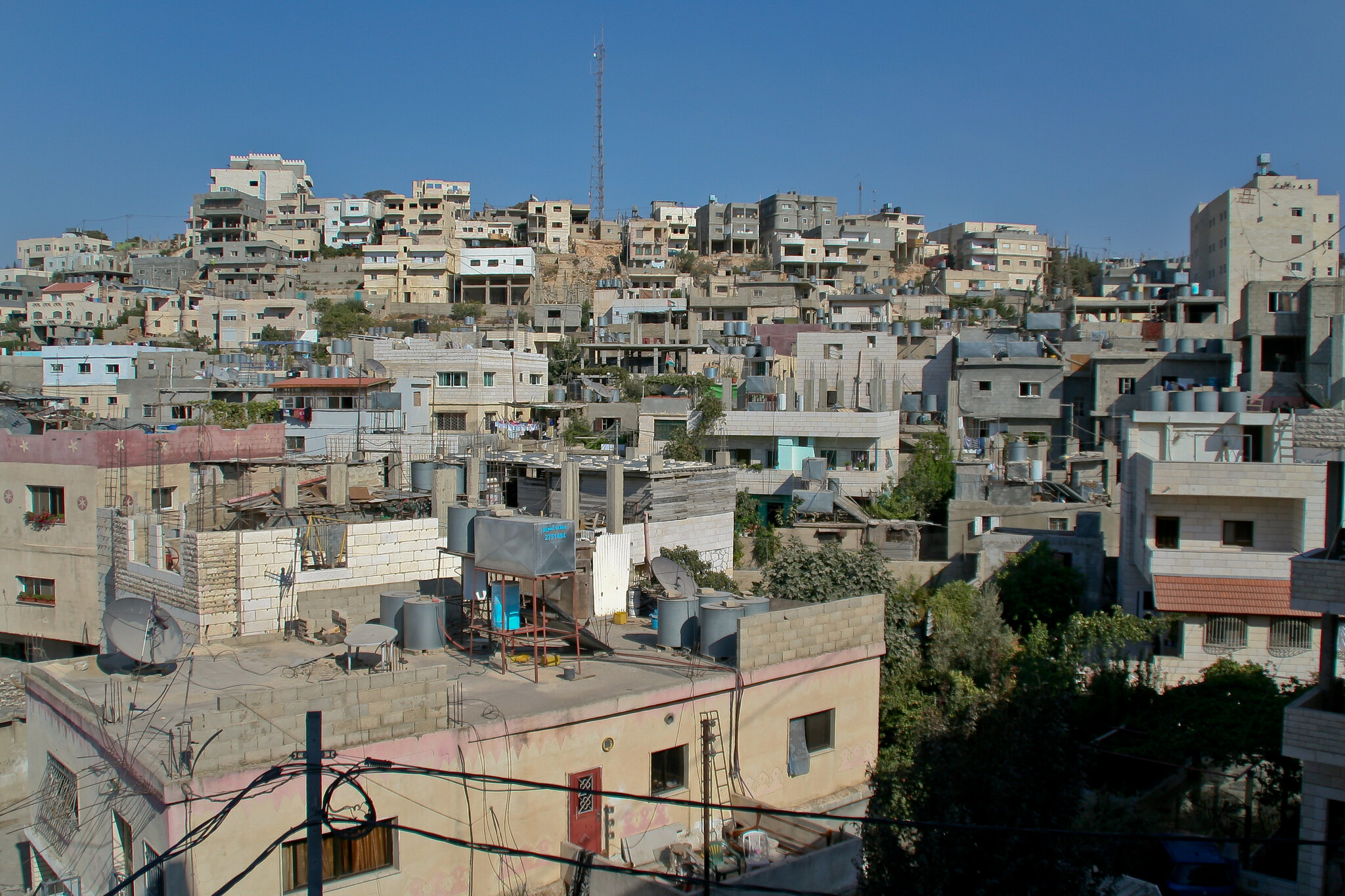Written by Dr Aya Nassar
Grey? Boring?… Ubiquitous! Cement is the most widely used substance after water. It holds key promises of development, for example think of road or building construction. However, it is also the harbinger of toxicity and pollution. For a long time, cement, via its use in concrete, has mediated our experience of modernity as Adrian Forty explains in his classic book Concrete and Culture. It is enigmatic because it sits in-between being a natural and/or manmade material; it is seen as the material we use “to tame nature”. All its sources are raw material from nature, but it does not decay or rot like organic material and it does not host or grow life (except for a few species of parasites). This durability makes it a very attractive construction material, but it makes it difficult to get rid of. Once it is destroyed or no longer used, hard concrete is relatively difficult and expensive to recycle or reuse, even though many keep calling for better strategies to recycle construction/demolition waste. Cement’s ecological taxes are heavy, from CO2 emissions to toxic dust, from sand mafias to urban heat-traps. In this tile we follow multiple inter-disciplinary interventions that think with cement and concrete and the role they play in different imaginations and practices of development. As we begin to follow cement, it is useful track the story of how it gets to be made, and what is the difference between cement, concrete and reinforced concrete.
Following cement
Cement is not a new material. Indeed, we can trace it back to the Roman Empire. It is essentially a mix of limestone, clay, and some additives such as ash or iron ore, which are heated to a high degree to make a rocky mass called clinker. This stage of making cement is the most energy intensive part in its manufacturing and is responsible for half of concrete’s CO2 emissions. Clinker is then taken into cement plants, broken down and mixed with materials such as gypsum and limestone to make the powder-like material we know as cement. To make concrete, cement is mixed with sand and gravel alongside water into a paste, and when this paste dries out, we get concrete. Concrete’s usage in architecture is often in the form of reinforced concrete, this is when concrete is mixed with steel roads or steel meshes enabling the construction of high-rises and skyscrapers.
Image from the Visual Capitalist
Cement’s production chain therefore moves through stages. The first stage of producing clinker is fairly easy but very energy intensive. The second stage of breaking down clinker tends to be in plants close to quarries of limestone to cut down the need to transport limestone globally, making cement’s manufacturing links to extraction more obvious. Plants that grind clinker into cement can either be built close by or elsewhere, as clinker itself can be transported globally. It is only with the steps of grinding clinker or distributing cement that we can speak about a cement market. While the final phase of mixing cement into concrete does not usually require specific knowhow or high-skilled labour, it is incredibly resource intensive as it relies on huge quantities water and an incredible amount of sand. In short, there are complex processes entailed in producing a material that is typically regarded as quite boring and almost too banal to capture our imagination. The processes become visible when we start tracing how different resources come into making it and with what effects.
As this simple description of the manufacturing process indicate, concrete is a resource-hungry material. It relies intensively on water and energy. One very politically contested resource that makes concrete possible is sand. Like cement, sand is also one of the largest industrial goods in the world; it isn’t needed only to make concrete, which is already high in demand, but it also goes into asphalt—necessary for roads, land reclamation to extend territories or construct artificial islands, glass, electronics, and optic fibres. Sand is usually thought of an abundant resource, but it isn’t! Not all sand is the same, and not all can be used in the same way. For example, desert sand is not suitable for construction purposes because it is too fine and uniform to attach to concrete. Hence ironically, countries with huge reclamation projects have to either import sand or dredge it from sea and riverbeds even if they have access to desert sand. Sand dredging (or sand mining) from sea and riverbeds has drastic effects on biodiversity, infrastructure, and livelihoods. It has a large black market and it is sometimes extracted illegally. Sand as Laleh Khalil writes has always been important and in circulation, however it is only in the 20th century that it became a global commodity and one of the scarcest resources in the world.

A cement works and quarry in Wales, 1978. Image from the Mary Gillham Archive Project via Flikr.
Concrete and development
The post-war moment helped foster concrete’s relation to modernity in both senses. First, as a modernist architectural aesthetic which relied on naked concrete as a representation of functionality and as a departure for ornamentality in buildings. Second, as a developmental process tied to modernisation and urbanisation with the massive need for post-war reconstruction. While it was once tied to an eclectic architectural style, it is important to remember that once you have cement, making concrete does not require a lot of skill. This eventually made concrete an empowering medium to use across the world for durable building as we will see in the examples below, especially for auto-construction (i.e. building one’s own house). Any one can use concrete for building and not in the same way that anyone can use tempered iron or wood or other material that requires years of apprenticeship and craftsmanship. This has led to the paradoxical stereotype of concrete as a cheap, stigmatised material in certain contexts, but it also makes it in increasing demand worldwide.
Attention is usually directed to how the cement market operates amongst the major producers and consumers and their construction and infrastructure projects; typically China and the US. However, we can see cement’s complex relation to development also elsewhere. For instance, in 2011 Africa was dubbed as the “last great cement frontier” by the cement industry. The claim banked on the continent’s rapid urbanisation and demographic boom, as well as anticipating increasing demand for post-conflict reconstruction in houses, public building, development corridors and other major infrastructural projects. This made institutions such as the World Bank actively promote cement as one of the key sectors for economic development in the continent, particularly as it is actually produced in several African countries. In 2016, the World Bank identified two major cartels, in Egypt and South Africa, and nine pan-regional firms. Several African countries are high producers and high exporters, with many exports going to other African countries.
Scholars of West Africa, such as Armelle Choplin, note cement’s omnipresence; in companies, advertising and billboards, its crude powdery forms, as a symbol or indicator of growth (where per capita cement consumption is used as proxy for GDP) or as a profitable commodity for large cement companies —multinational or national— as well as small actors in the construction sector, or even individuals who would like to build their own houses themselves. Cement, therefore, is seen as a desirable object. As a resource, it does not fit neatly with frameworks of the resource curse that have been used to understand the paradox of oil-rich countries. It also does not carry the weight of a colonial history that sticks with other materials and commodities. Indeed, while it is a material intertwined with colonial relations and European domination in the market, it is also increasingly being reclaimed as a local product, by national or African based companies making it an interesting geopolitical material.
Armelle Choplin introduces her project 'Building concrete futures'
The social life of cement
Cement is not just a building material, but it assembles different emotions, affects and social worlds. Houses built with cement can act as a material manifestation of middle-class growth, sites of investment and as an object of aspiration. As a building material that does not rot, it becomes crucial to what urbanists have called incremental urbanisation and auto construction in the Global South. This is what anthropologist Julie Archambault notes in her work in suburbs in Mozambique working with young people who buy and store cement in the form of concrete blocks that they make and care for themselves until they are financially able to use it in building sections of their houses. Block-making becomes an investment. Therefore, cement and the way it is used opens questions about how people deal with financial precarity and uncertainty. If you are in situation where you need to build your home across a long and uncertain timeframe, you need to make sure that the sections you build now will hold. Cement can orient us to an anticipatory and incremental temporality, as waiting out for a city that is yet to come even if it is not already there. At the same time and paradoxically, this happens in a post-conflict context in which many ruined concrete buildings are scattered about as inheritance from a violent past. This means that people orient themselves to cement and concrete in complex ways. Cement as a material here, is not only a symbol or an indicator, but it is a site of encounter in which we might be affected by working with it.
Block making in Zambia
Cement as a political object
Cement can also be as a complex (geo)political object, especially in contexts of occupation and settler colonialism as in the case of Palestine. As Nimrod Ben Zeev writes, cement is intertwined with Palestinian everyday lives. Kali Rubaii calls cement an indiscriminate material: it is used to build Jewish-only settlements, at the same time it is used by the UN to build for Palestinian refugees, and by Palestinian themselves to rebuild their houses after they get demolished. Access to cement and concrete is acutely uneven. In the case of Gaza, the ongoing siege restricts entry of cement to a highly dense area that is constantly subject to house demolitions and targeted attacks on infrastructure.
As Nasser Abourahme explains, cement also assembles paradoxical connection in spaces of refugee camps. The camp is meant to be temporary, yet there is an imperative to create durable livelihoods when the life in a camp extends for decades. As cement makes its ways as an everyday building material in a refugee camp, it brings broader questions about refugeehood and the political horizon of returning to lands from which Palestinians have been displaced. In the case of illegal settlements, cement is used by both by settlers to build, but also it is the quickest way to reconstruct Palestinian houses after they get demolished. In both cases, concrete sits at odds with the traditional Palestinian architectures as well as indigenous livelihoods and biodiversity. Cement here is not a simple material but entangled in “anti-colonial and eco-critical projects”. As Kali Rubaii writes: “from the perspective of the ecologist, concrete may be hostile to life: from the perspective of the anti-colonial nationalist, concrete is life”. In a settler-colonial context in which building, and demolitions are highly weaponised, concrete becomes a sign of putting facts on the ground, and an instrument of marking presence in the land.
Dheisha Refugee Camp in the West Bank. Photo by J H on Flikr.
Cement Resources
Forty, A. (2013). Concrete and culture: a material history. Reaktion Books.
Choplin, A. (2023). Concrete City: Material Flows and Urbanization in West Africa. John Wiley & Sons.
Abourahme, N. (2015) ‘Assembling and Spilling-Over: Towards an ‘Ethnography of Cement’ in a Palestinian Refugee Camp’, International Journal of Urban and Regional Research, 39(2), pp. 200–217.
Archambault, J.S. (2018) ‘“One beer, one block”: concrete aspiration and the stuff of transformation in a Mozambican suburb’, Journal of the Royal Anthropological Institute, 24(4), pp. 692–708.
Archambault, J.S. (2020) ‘Concrete violence, indifference and future-making in Mozambique’, Critique of Anthropology, 41(1), pp. 43-64.
Fry, M. (2013) ‘Cement, carbon dioxide, and the “necessity” narrative: A case study of Mexico’, Geoforum, 49, pp. 127–138.
Huma Gupta and Gabi Kirk with Kali Rubaii (2020) ‘Environment in Context: Cement, War, and Toxicity: The Materialities of Displacement in Iraq‘, Jadaliyya.
Jonathan Watts, Alice Arnold and Simon Barnard (2019) ‘Concrete: the most destructive material on Earth‘, The Guardian.
Taste of Cement (2017) directed by Ziad Kalthoum. Syrian construction workers build skyscrapers in Beirut while their homes are being bombed.



